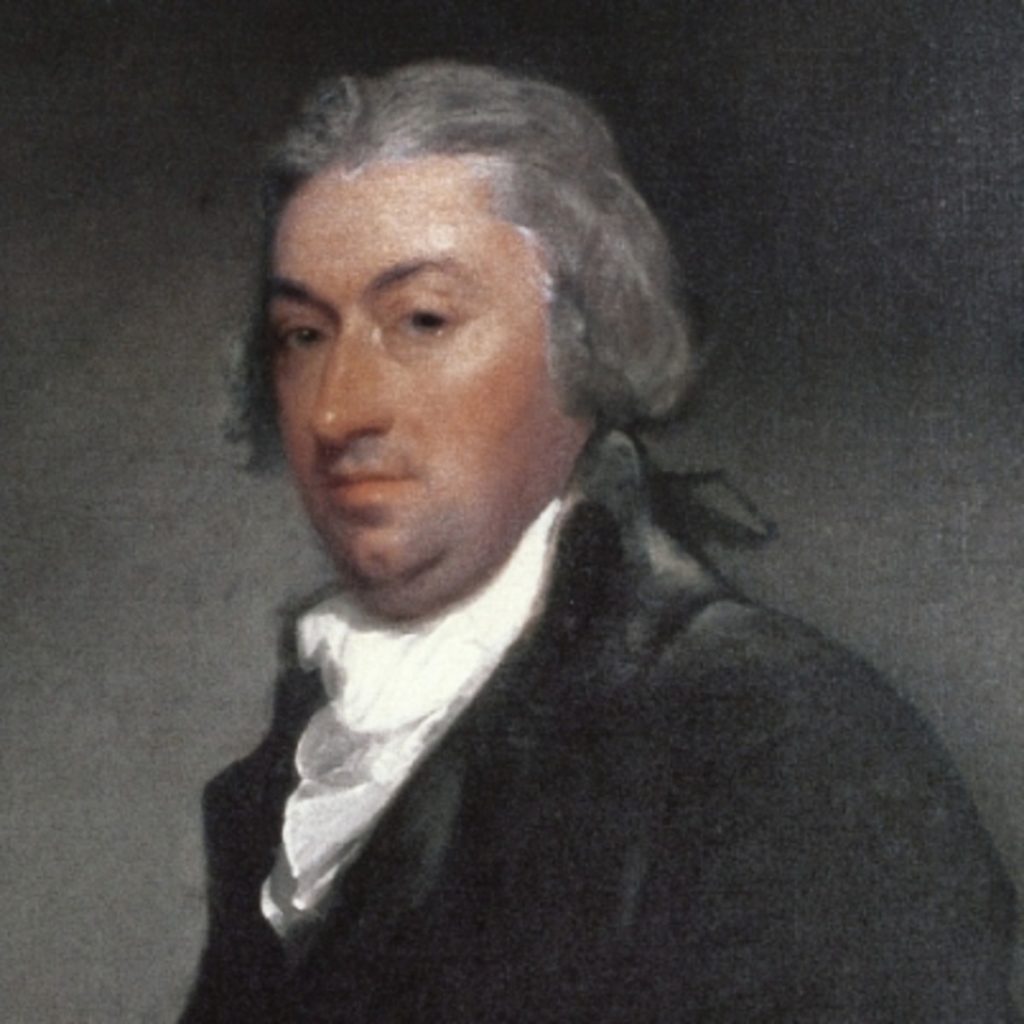Robert R. Livingston, nicknamed “The Chancellor”, was the first United States Secretary of Foreign Affairs and the 1st Chancellor of New York, a position which he held for twenty-five years that earned him his nickname. An American lawyer, politician, and diplomat, Livingston is considered to be one of the Founding Fathers of the United States. He, along with John Adams, Benjamin Franklin, Thomas jefferson, and Roger Sherman, drafted the Declaration of Independence as a member of the Committee of Five.
On November 27, 1746, Robert Robert Livingston was born in New York City to the wealthy Judge Robert Livingston and Margaret Beekman Livingston. He was the eldest of nine children, with two younger brothers and six sisters. At fifteen, Livingston attended King’s College (now Columbia University) and graduated in 1764.
Upon graduating, Livingston began his career as a lawyer. For some time, he practiced alongside his friend and classmate from King’s College, John Jay. On September 9, 1770, Robert Livingston married Mary Stevens, who was the daughter of Continental Congressman John Stevens. They built a home south of his family’s home at Clermont Manor that they called Belvedere. Seven years later though, Belvedere and Clermont were both burnt down by the British Army under command of General John Burgoyne. Years later in 1794, Livingston built a new home called New Clermont, but it was later on renamed Arryl House. The name Arryl came from the phonetic spelling of his initials, RRL. It was deemed to be “the most commodious home in America” and had a library that contained over four thousand volumes of books.
In October of 1773, Livingston was appointed Recorder of New York City. He soon came to identify himself with the anti-colonial Whig Party that led to being replaced by John Watts, Jr. During the Second Continental Congress, Livingston served as a representative of New York. He was apart of the Committee of Five, the committee that drafted the Declaration of Independence in 1776. Also on the committee was John Adams, Benjamin Franklin, Thomas Jefferson, and Roger Sherman. Before the document was signed, Livingston was called back to New York, so he never signed it.
After helping to draft the state constitution for New York with Gouverneur Morris and John Jay, Livingston became universally known as “The Chancellor” in 1777 when he was appointed the first Chancellor of New York, making him the highest judicial officer in New York. Even after he left office, Livingston kept the nickname. For nearly twenty-five years, Livingston held this position, not leaving until the summer of 1801.
From 1781 to 1783, he was the first U.S. Secretary of Foreign Affairs under the Articles of Confederation. Livingston was succeeded by John Jay. In this position he dealt with the central government’s weakness provided by the articles. From this, Livingston found himself an advocate for a stronger federal government system.
He joined Jefferson’s Democratic-Republican party in opposing John Jay and Alexander Hamilton, the founders of the Federalist party and his former colleagues. George Clinton and Livingston formed an uneasy alliance along with political newcomer Aaron Burr. Livingston greatly opposed Federal initiatives such as the Jay Treaty. Although he opposed Hamilton, the two of them worked together as delegates of New York’s constitution in 1788 to make sure that it was ratified. sAs Chancellor of New York, Livingston administered the presidential oath of office at Federal Hall in New York City, which was the capital at the time, to George Washington in 1789.
On the Democratic-Republican ticket, Livingston ran for Governor of New York in 1798. However, John Jay beat him.
A Freemason, Livingston was appointed the first Grand Master of the Grand Lodge of New York in 1784, a position he held until 1801. In Manhattan, the Grand Lodge’s library is named for Livingston.
Livingston, on June 30, 1801, left his position as Chancellor of New York to be succeed by John Lansing. He then became the U.S. Minister to France, a position he held for three years until 1804, under President Thomas Jefferson. He was apart of the negotiations of the Louisiana Purchase, making this notable statement after the signing of it in 1803, “We have lived long but this is the noblest work of our whole lives … The United States take rank this day among the first powers of the world.”
While in France, Livingston befriended Robert Fulton. The two of them developed the North River Steamboat, which was the first viable steamboat. The boat was kept at Clermont Manor, the Livingston family home. Livingston was a passenger on the steamboat’s first voyage that began in New York City and stopped at Clermont Manor before heading up the Hudson River to Albany. Previously, such a journey had taken almost a week by sloop, but now took only an hour. Both Livingston and Fulton became members of the Erie Canal Commission in 1811.
On February 26, 1813, sixty-six year old Robert R. Livingston died in Clermont, New York.



